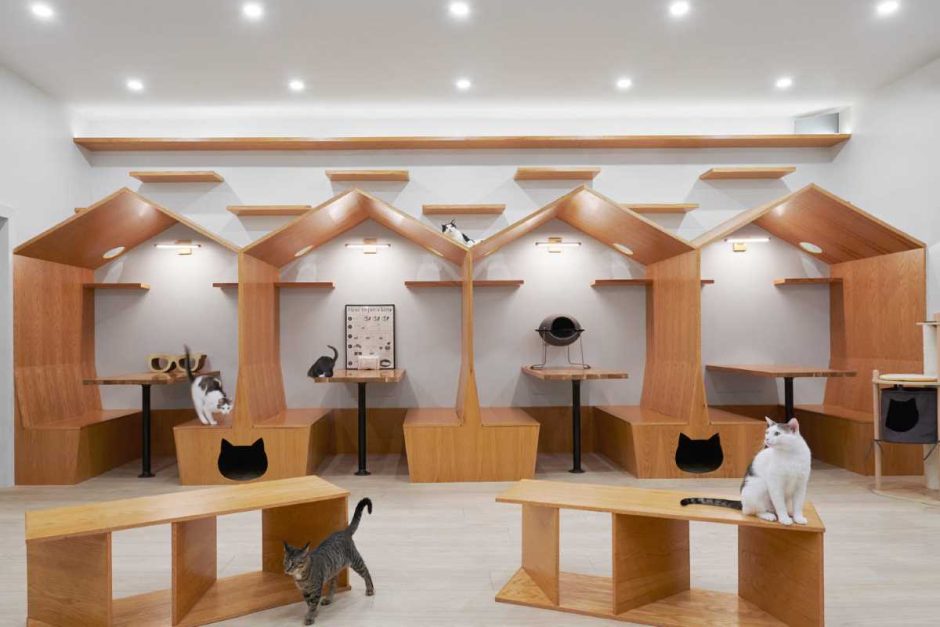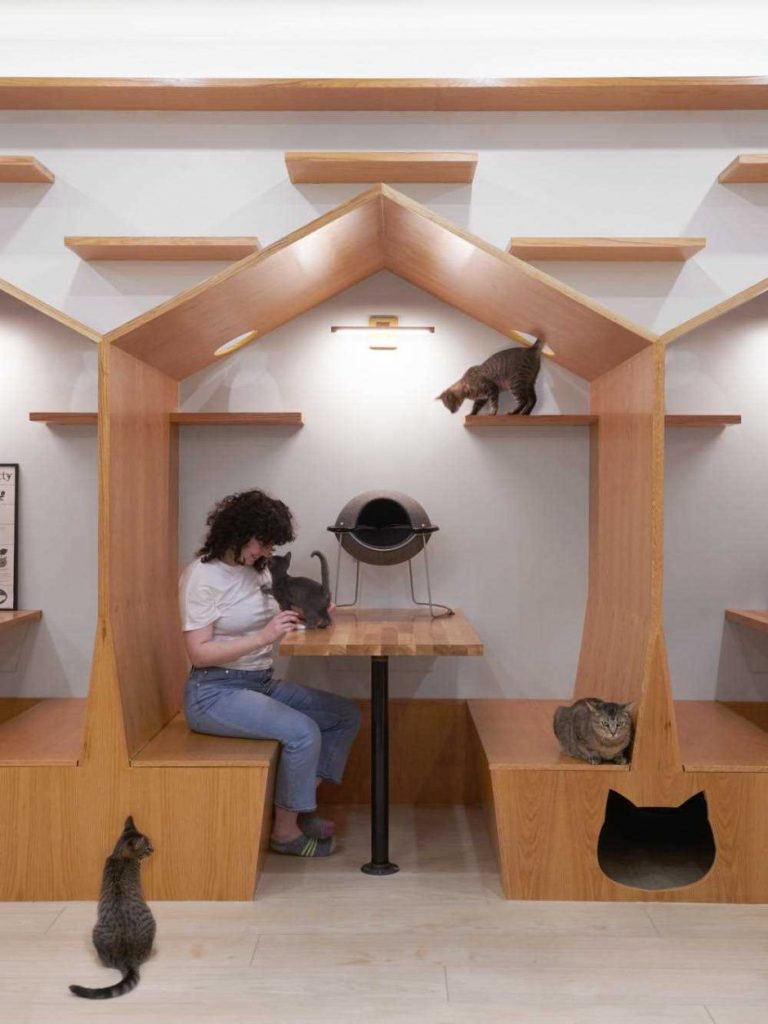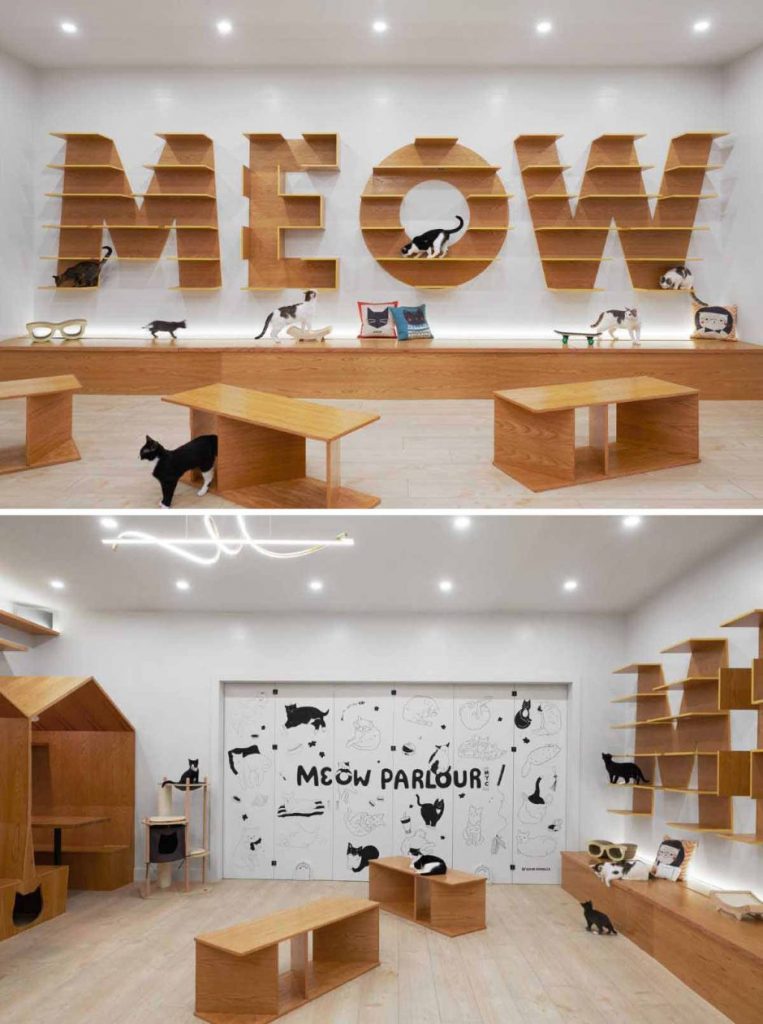A group of designers have filed a lawsuit against Shein, the Chinese fast-fashion firm, alleging that the company has been using artificial intelligence (AI) to steal their designs. The designers — Krista Perry, Larissa Martinez, and Jay Baron — claim that Shein’s AI algorithm is capable of identifying and copying popular designs from independent artists, and that the company has been using this technology to mass-produce and sell counterfeit versions of these designs.
The lawsuit, which was filed in federal court in New York, alleges that Shein’s practices violate the Racketeer Influenced and Corrupt Organizations Act (RICO). The designers are seeking damages for copyright infringement, trademark infringement, and unfair competition.
Shein has not yet responded to the lawsuit. However, the company has a history of being accused of stealing designs from independent artists. In 2021, Shein was sued by the American Apparel & Footwear Association (AAFA) for allegedly copying designs from AA member brands. The AAFA lawsuit is still pending.
The lawsuit against Shein is the latest in a growing number of cases alleging that AI is being used to facilitate copyright infringement. In recent years, there have been a number of high-profile cases in which AI-powered tools have been used to create counterfeit versions of popular products, including sneakers, handbags, and luxury watches.
The use of AI to steal designs raises a number of legal and ethical concerns. For one, it can be difficult to prove that a design has been copied by AI. Additionally, the use of AI to create counterfeit products can have a significant impact on the livelihoods of independent artists and designers.
The lawsuit against Shein is a significant development in the fight against AI-enabled copyright infringement. If the designers are successful, it could send a message to other companies that using AI to steal designs is not acceptable.
Here are some additional details from the lawsuit:
- The designers allege that Shein’s AI algorithm is able to identify and copy designs that are trending on social media.
- The designers claim that Shein has been using this technology to mass-produce and sell counterfeit versions of these designs at a fraction of the cost.
- The lawsuit alleges that Shein’s practices have caused the designers to lose significant revenue and have damaged their reputations.
The lawsuit is still pending, and it is unclear how it will be resolved. However, the case raises important questions about the use of AI in the fashion industry and the potential for this technology to be used to facilitate copyright infringement.





